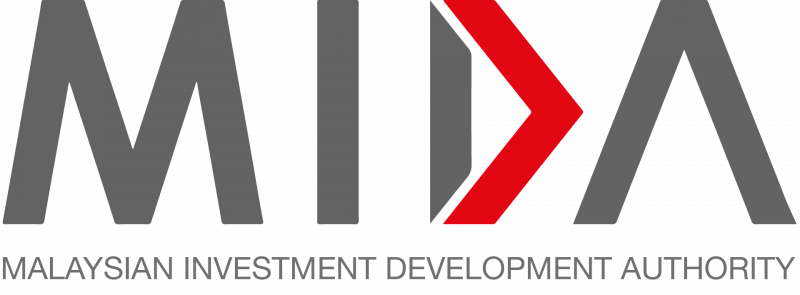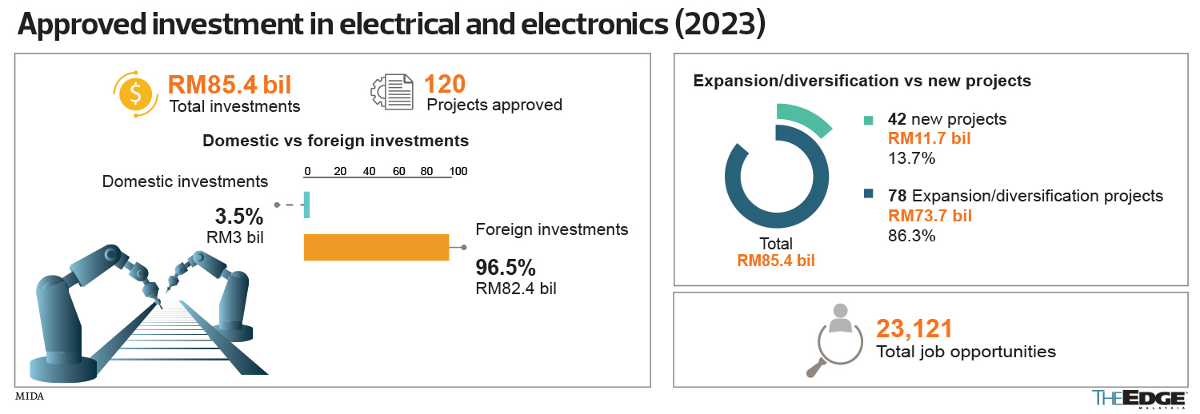Swift Haulage Bhd has announced plans to expand into cold chain logistics to diversify its revenue streams through a joint venture (JV) investment.
The company signed a JV agreement with its major shareholder, Singapore-based JWD Asia Holding Pte Ltd (JAH), to establish Swift Cold Chain Sdn Bhd, which will operate and manage a temperature-controlled warehouse and transport business.
Under the agreement, Swift Haulage will hold 7.34 million shares or a 51% stake in the JV, amounting to an investment of RM7.34 million, while JAH will own the remaining 49% stake, equivalent to 7.06 million shares, with a RM7.06 million investment.
JAH currently owns a 20.48% direct stake in Swift Haulage, according to the company’s Bursa Malaysia filing on Tuesday.
Swift Haulage aims to leverage JAH’s expertise in logistics to provide reliable and cost-efficient temperature-controlled solutions. According to the company, JAH’s parent company SCGJWD Logistics Public Co Ltd is experienced in managing a large number of cold chain pallets (approximately 242,000 units) and is knowledgeable in operating automated storage and retrieval systems (ASRS).
“This JV also presents an opportunity to optimise the potential of our assets in Shah Alam and Tebrau, which are strategically positioned to support cold chain distribution both domestically and internationally. Our Shah Alam logistics hub is well-positioned to efficiently serve urban areas with its strategic location and advanced infrastructure. Feasibility studies are underway for a cold chain facility in Tebrau, which, if realised, will cater to Singapore’s high-demand market by leveraging Malaysia’s cost advantages. In addition to these initial setups, we are exploring expansion opportunities in the northern region, including Penang and other locations where Swift has a presence in Malaysia,” said Swift Haulage group CEO Loo Yong Hui in a statement.
He added that the partnership with SCGJWD will allow Swift Haulage to tap into the latter’s expertise, including their ASRS technology, in order to fast-track their entry into the cold-chain logistics sector.
The company plans to fund its capital contribution through internally generated funds and/or bank borrowings.
The JV is expected to positively contribute to future earnings.
Among the risks highlighted by Swift Haulage in regards to the JV are delays in infrastructure development for cold storage facilities and systems, which could impact operations and customer satisfaction.
It also added that the JV is exposed to demand uncertainty, as market demand for cold chain logistics may fluctuate or fail to meet projections, potentially affecting profitability.
“The board of Swift Haulage will endeavour to take all necessary steps to ensure the terms of the JVA which are within the control of the company are met on a timely basis, closely monitoring market conditions, and adopting robust project management and contingency measures to mitigate potential challenges,” it added.
At Tuesday’s noon break, shares of Swift Haulage were unchanged at 44.5 sen, valuing it at RM391 million.
Source: The Edge Malaysia
Swift Haulage in JV deal to expand into cold chain logistics
Content Type:
Duration:



